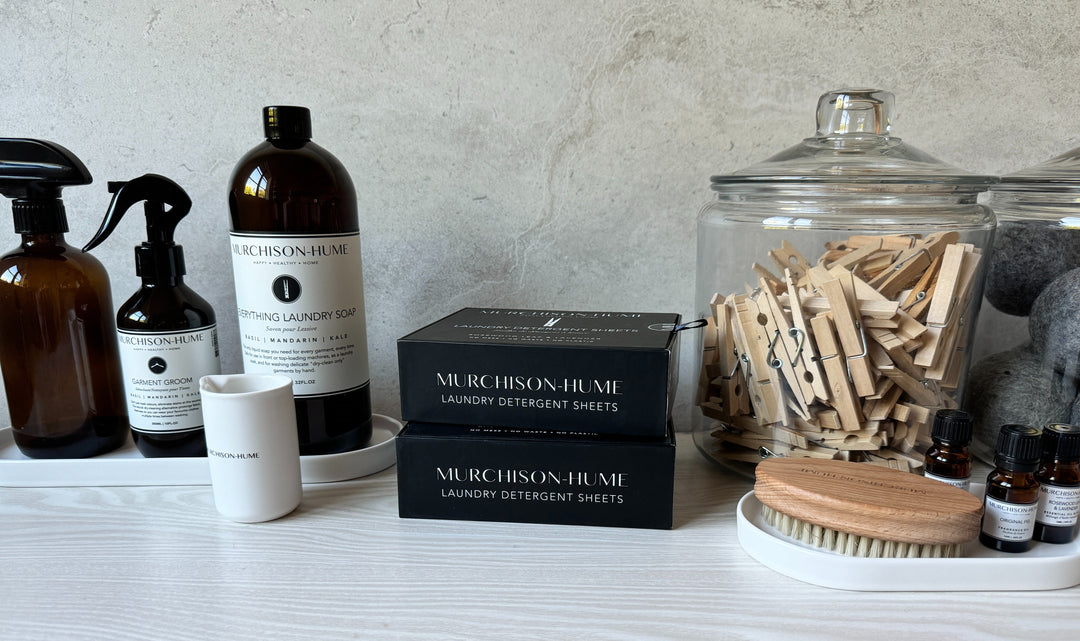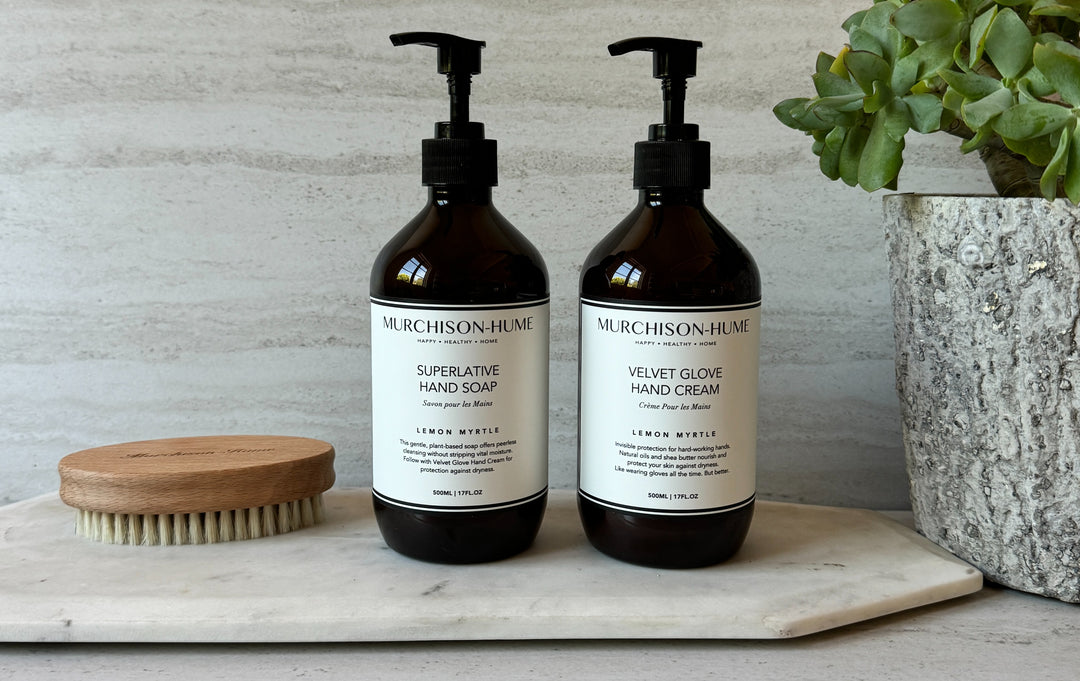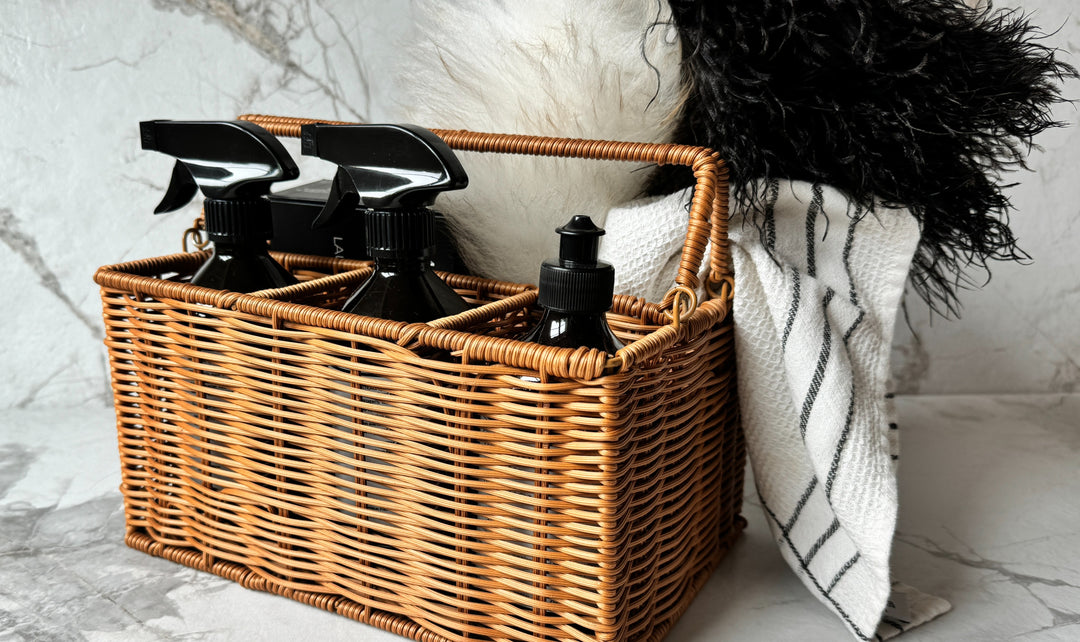Is there anything more gross than a kitchen sponge? Even though I have a fresh eight-pack and even though I tell myself this sink-load of dishes will be the last until I swap it for a new one, the guilt of throwing out a likely impossible-to-recycle sponge combines with pure laziness and I “forget” to replace it. This dance goes on for weeks until I get sick enough of using a sponge with large chunks missing, or when my in-laws would come over for dinner—until I found this.
The famous Tawashi dish brush is in almost every Japanese kitchen for a good reason. Originally introduced in 1907 by founder Shozaemon Nishio, the little zero-waste scrubber lasts at least five times longer than your icky, slimy synthetic sponge—and it’s chic enough to leave on full display. Plus, it’s made of durable, naturally antimicrobial coconut palm fibers that lend more grit than the rough side of any kitchen sponge, but it won’t scratch or etch your non-stick pans. The little wire loop at the end makes it easy to hang dry, so it’s never sitting in a pool of dirty dishwater.
Best of all: In addition to the way it magically erases stuck-on bits of breakfast, the bristles are unbelievably soft, so they’re fantastic for scrubbing fruits and vegetables clean, too. I like to keep an extra Tawashi brush lying around to clean my porcelain sink and kitchen countertops.
Place it on a dish tray alongside our signature amber bottles of Heirloom Dish Soap, Superlative Hand Soap, and Velvet Glove Hand Cream for a magazine spread-worthy sink situation.
xx LC







